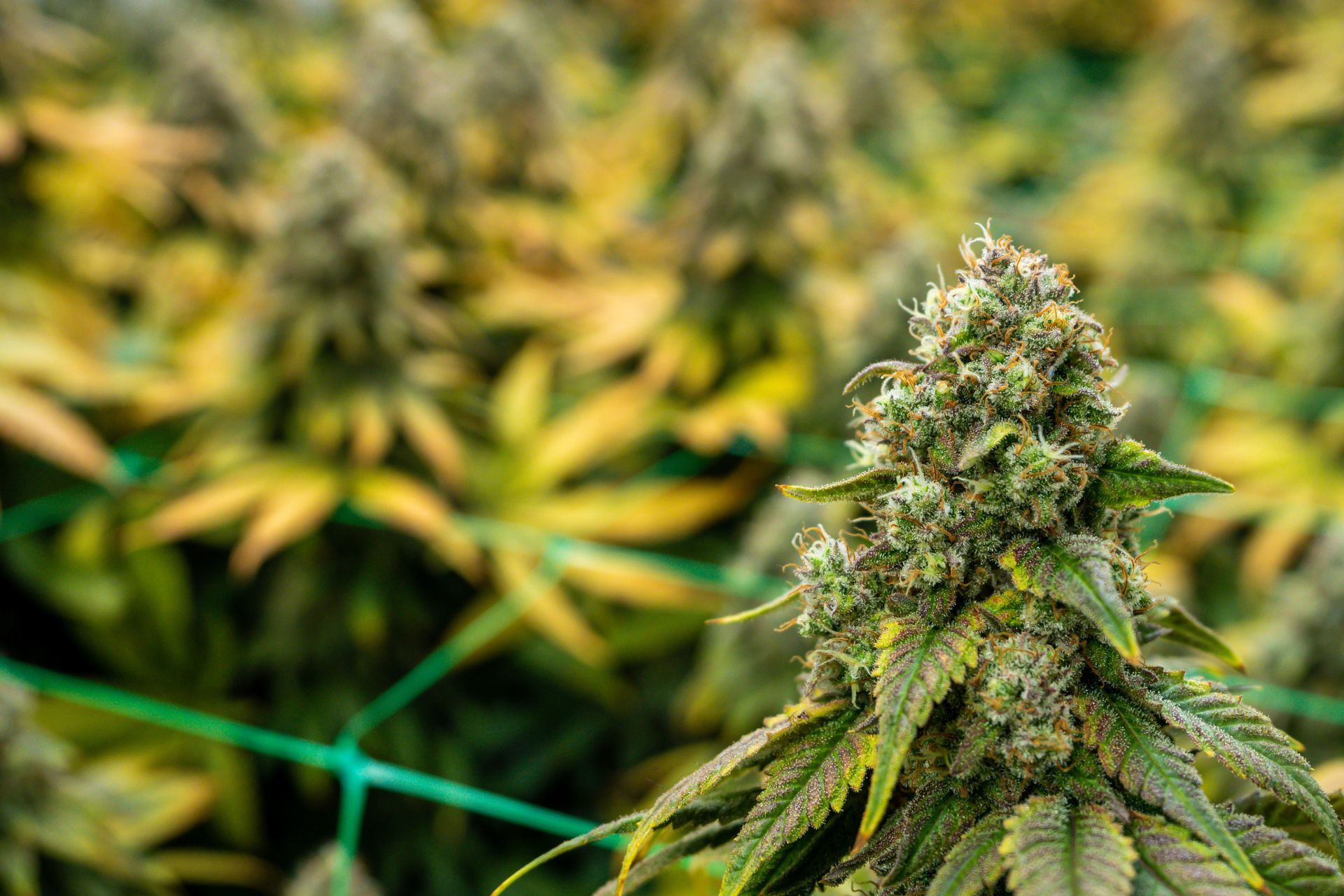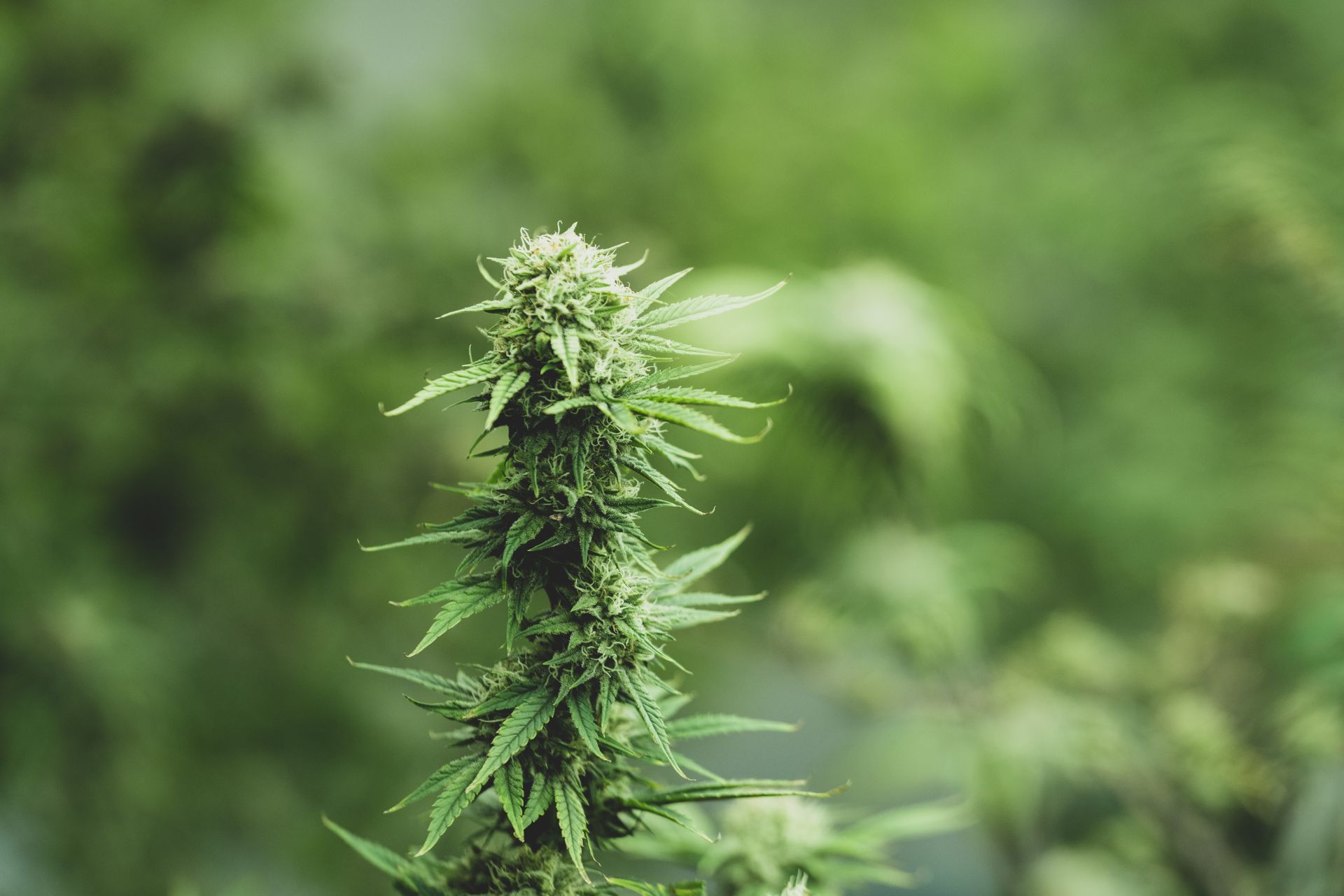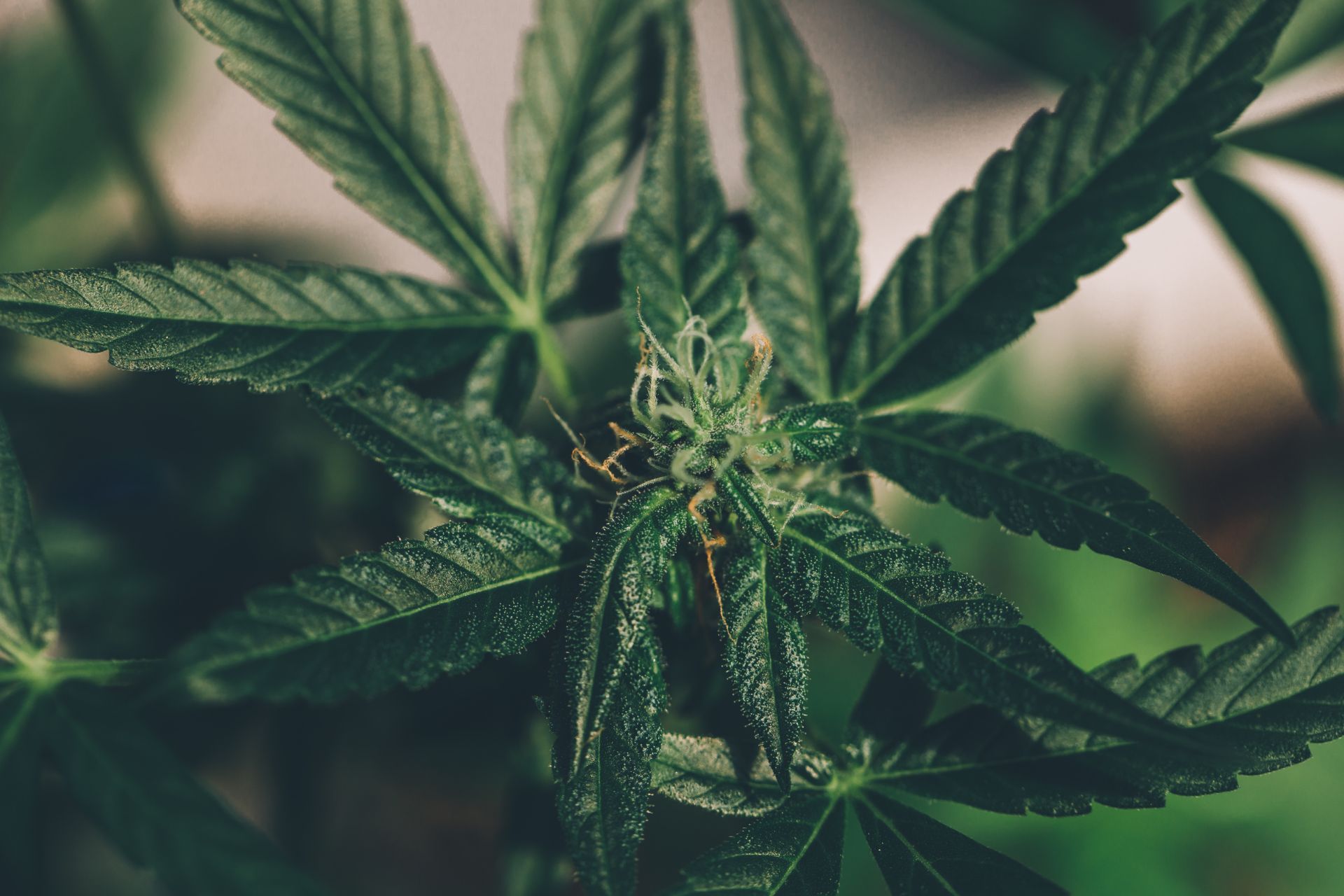How Environmental Regulations Affect Cannabis Insurance Risks
See How We're Different
or call us: (215) 653-8411
Insurance in the cannabis sector is already a complex landscape. In 2025, three-quarters of cannabis industry respondents reported inadequate insurance coverage, often due to unaffordable rates or outright lack of protection Hub International’s 2025 Cannabis Outlook Executive Survey. Environmental regulations add another layer of complexity that impacts risk assessments and premiums.
Environmental Risks Unique to Cannabis Cultivation
Cannabis cultivation is resource-intensive. Facilities can consume up to ten times the electricity of an average office building, which leads to significant carbon emissions Cannabis Risk Manager, 2025. This high energy demand often triggers environmental scrutiny, especially in regions with strict emissions regulations. Growers must consider how their operations affect local ecosystems and comply with regulations aimed at reducing pollution.
Water use is another critical concern. The agricultural sector consumes 80% of the world's fresh water and contaminates 70% of waterways, a reality that directly impacts cannabis growers Environmental Risk Managers, Inc.. Cannabis farms often face restrictions on water sourcing and runoff management to prevent contamination of nearby streams and groundwater. Failure to adhere to these rules can lead to costly fines and environmental cleanup liabilities.
Hazardous substance releases are another risk. Pesticides, fertilizers, and other chemicals used in cultivation can contaminate soil and water. Environmental insurance policies are designed to cover these risks, including cleanup costs and regulatory agency interventions. William Pritchard, CEO of Beacon Hill Associates, explains that these policies protect businesses from the financial fallout of hazardous substance releases requiring cleanup or government action Irwin LLC.
How Regulations Drive Insurance Costs and Coverage Challenges
Environmental regulations contribute to rising insurance premiums in the cannabis industry. In 2025, property insurance renewals saw premium increases between 25 and 40 percent, while commercial auto insurance premiums tripled, largely due to large fire losses and growing product liability claims CoverCannabis. Regulatory compliance failures can trigger these losses, making insurers wary of underwriting cannabis businesses without strict environmental safeguards.
Insurance companies view cannabis operations as high risk because of regulatory complexities and the potential for environmental damage. John Crist, founder of Prestizia Insurance, points out that the market remains restricted due to these perceptions, which limits coverage options and drives up costs mg Magazine. This creates a catch-22 where businesses need insurance to operate safely but struggle to afford it due to the very risks insurers highlight.
Fire insurance is a prime example. A 2025 study found that only 19 percent of California cannabis producers held fire insurance, mostly because of prohibitive costs and limited availability U.S. Forest Service. Fires can cause environmental damage that triggers regulatory penalties and cleanup costs, further complicating claims and risk assessments. The lack of coverage not only places individual businesses at risk but also poses a broader threat to the industry, as a single catastrophic event can have ripple effects that impact supply chains and market stability.
Growing Insurer Participation and Environmental Coverage Options
Despite challenges, insurer participation in the cannabis market is increasing. A 2023 report by New Dawn Risk noted that around 30 U.S. insurers offered cannabis coverage, up from just six in 2020 New Dawn Risk. This growth reflects insurers’ recognition of the market’s potential and the development of more specialized products addressing cannabis-specific risks.
Practical Steps for Cannabis Businesses to Manage Environmental Insurance Risks
Coverage Comparison: Environmental Insurance Options for Cannabis Businesses
| Coverage Type | What It Covers | Typical Cannabis Risks Addressed | Key Considerations |
|---|---|---|---|
| Pollution Liability | Third-party claims for pollution damage, cleanup costs | Chemical spills, pesticide runoff, soil contamination | Often requires strict operational controls and reporting |
| Environmental Impairment Liability | Coverage for gradual pollution and regulatory fines | Long-term contamination, water use violations | May exclude intentional violations or prior incidents |
| Cleanup Cost Coverage | Costs to remediate environmental damage | Fire damage, hazardous waste disposal | Typically triggered by regulatory agency orders |
| Regulatory Defense | Legal defense costs for environmental investigations | Compliance audits, enforcement actions | Limits vary; often combined with other coverages |
Before You Go: What Cannabis Operators Should Keep in Mind
Remember, the cannabis insurance market remains challenging. With premiums rising sharply and coverage options limited by risk perceptions, staying ahead means investing in compliance and risk management. As one expert noted, the market’s complexity stems from regulatory hurdles and high-risk views, but increased insurer participation signals growing opportunities for those prepared John Crist, Prestizia Insurance.
Frequently Asked Questions
Q: Why is cannabis insurance more expensive than other industries?
Q: What environmental risks should cannabis growers be most concerned about?
Q: Can environmental insurance cover cleanup costs from pesticide spills?
Q: How can cannabis businesses reduce their insurance premiums?
Q: Are more insurers offering cannabis coverage now?
Q: Is fire insurance common among cannabis producers?

Article By: Deb Sculli
Cannabis Insurance Specialist




